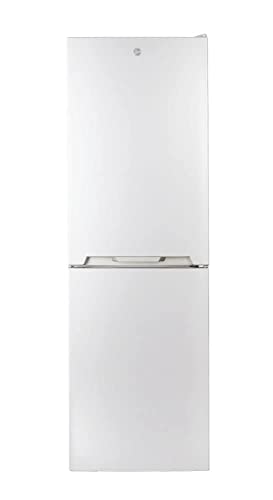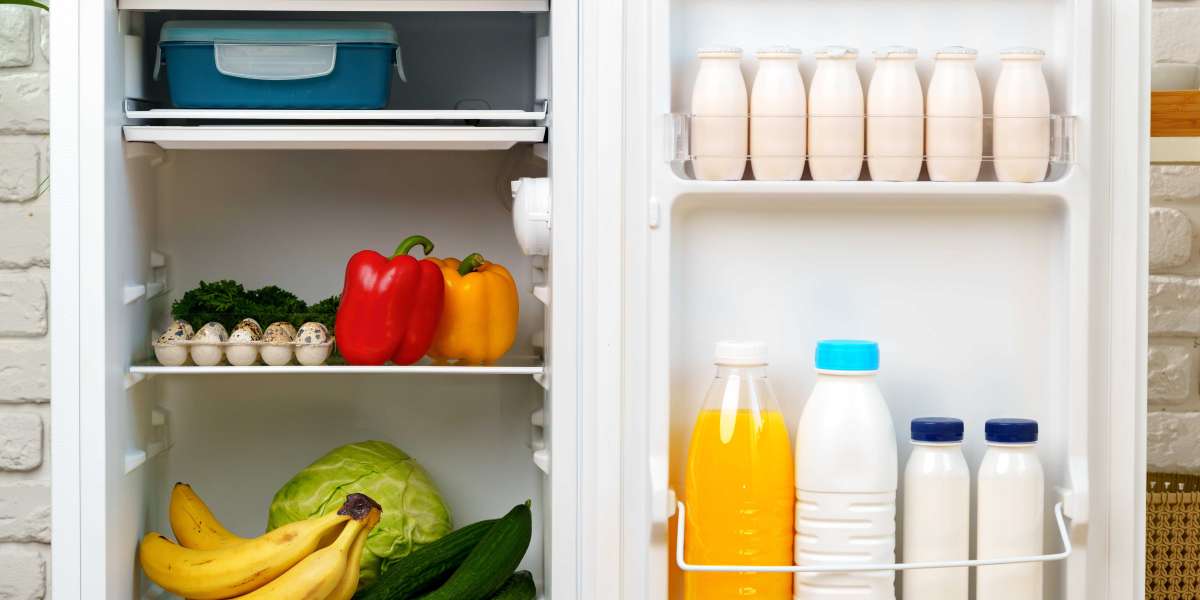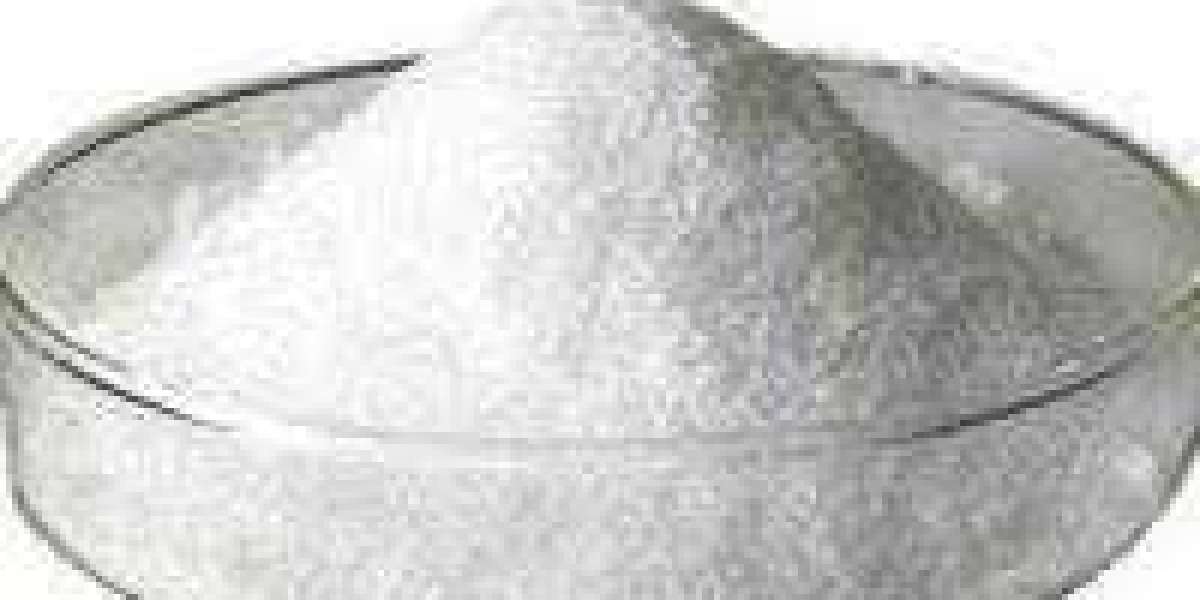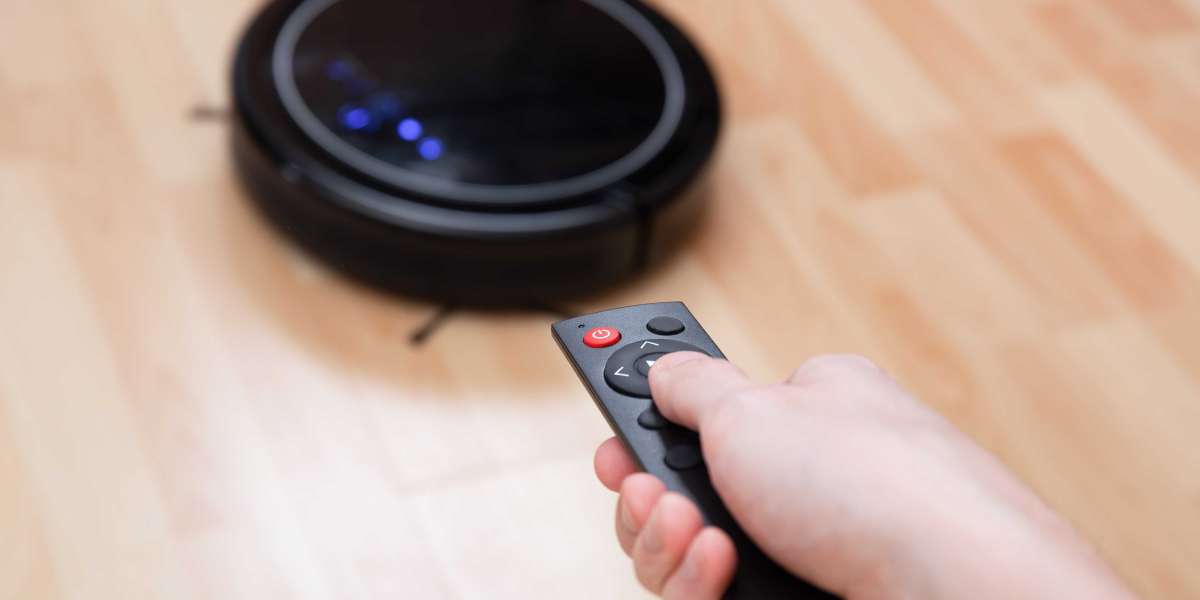
In the contemporary household, refrigerators and freezers are indispensable appliances. They not only keep our food fresh and safe but also play a crucial role in our daily lives, from preserving perishable items to allowing us to store surplus food for later use. This article delves into the history, technology, and maintenance of these essential kitchen staples, providing insights into how they work and how to optimize their performance.

The Evolution of Refrigeration
The concept of refrigeration dates back to ancient times, where people used natural ice and snow to preserve food. However, the modern refrigerator and freezer as we know them today have a more recent history. The first practical refrigeration system was invented by James Harrison in 1856, and it used a compressor to circulate a refrigerant. Over the decades, refrigeration technology has evolved significantly, becoming more efficient, reliable, and accessible.
Early 20th Century:
- The first domestic refrigerator was introduced in 1913 by General Electric.
- By the 1920s, refrigerators with mechanical cooling systems began to gain popularity.
Mid-20th Century:
- In the 1940s, Freon became the standard refrigerant, replacing more dangerous substances like ammonia.
- The 1950s saw the rise of the freezer as a separate appliance, allowing for the long-term storage of frozen foods.
Late 20th Century to Present:
- The introduction of energy-efficient models in the 1970s and 1980s reduced electricity consumption.
- Modern refrigerators and freezers now come with advanced features such as ice makers, water dispensers, and smart technology.
How Fridges and Freezers Work
Understanding the basic principles of how these appliances function can help in troubleshooting and maintaining them efficiently.
Refrigerator:
- Refrigerant Cycle: The heart of a refrigerator is the refrigerant cycle. A refrigerant, typically an environmentally friendly gas, is compressed and then allowed to expand, absorbing heat from the interior of the fridge. This process is repeated continuously to maintain the desired temperature.
- Compressor: The compressor is responsible for compressing the refrigerant, raising its temperature and pressure. It then sends the hot, high-pressure gas to the condenser.
- Condenser: The condenser cools the hot gas, turning it into a liquid. This liquid then passes through the expansion valve.
- Expansion Valve: The expansion valve regulates the flow of the liquid refrigerant, allowing it to expand and cool further as it enters the evaporator.
- Evaporator: Inside the evaporator, the cold refrigerant absorbs heat from the air inside the fridge, cooling the interior. The refrigerant then returns to the compressor, and the cycle repeats.
Freezer:
- The freezer works on the same principle as the refrigerator but is designed to maintain a much lower temperature, typically around -18°C (0°F).
- Additional Components: Some freezers have a defrost system to prevent ice buildup, and others may have a separate compressor or an additional cooling coil to achieve the lower temperatures.
Types of Fridges and Freezers
There are various types of refrigerators and freezers available on the market, each designed to meet different needs and preferences.
Refrigerators:
- Top-Freezer: The most common type, with the freezer compartment located above the refrigerator.
- Bottom-Freezer: The freezer is situated below the refrigerator, often with a pull-out drawer for easier access.
- Side-by-Side: Both the refrigerator and freezer compartments are side by side, typically with a narrow profile.
- French-Door: Features a bottom-freezer and two side-by-side doors for the refrigerator, often with a spacious and accessible design.
Freezers:
- Chest Freezer: A horizontal freezer that opens from the top, providing excellent insulation and energy efficiency.
- Upright Freezer: A vertical freezer that resembles a refrigerator, offering easier organization and access to stored items.
- Compact Freezer: Designed for smaller spaces, these freezers are ideal for dorm rooms, apartments, or as supplementary storage.
Energy Efficiency and Environmental Impact
Energy efficiency is a critical consideration when choosing a fridge or freezer. Modern appliances are designed to use less power and reduce their environmental impact.
- Energy Star Rating: Look for appliances with the Energy Star label, which indicates that they meet strict energy efficiency guidelines set by the U.S. Environmental Protection Agency (EPA).
- Inverter Technology: Inverter compressors adjust their speed based on the cooling needs, leading to significant energy savings.
- Double Insulation: Some high-end models feature double-insulated walls, further reducing energy consumption.
Maintenance Tips
Proper maintenance can extend the lifespan of your fridge and freezer and ensure they operate efficiently.
Regular Cleaning:
- Interior: Clean the interior with a mild detergent and water, ensuring to dry all surfaces thoroughly.
- Exterior: Wipe down the exterior with a damp cloth and a mild cleaning solution to prevent the buildup of dust and grime.
Door Seals:
- Check the door seals regularly for any signs of wear. A simple test is to close the door on a piece of paper. If the paper can be pulled out easily, the seals may need to be replaced.
Air Vents:
- Ensure that the air vents inside the fridge and freezer are not blocked by food or other items. Blocked vents can reduce cooling efficiency and increase energy consumption.
Defrosting:
- For non-frost-free models, defrost the freezer regularly to prevent ice buildup. Frost-free models automatically defrost, but they may still require periodic cleaning to remove any debris.
Temperature Settings:
- Set the refrigerator temperature between 2°C and 4°C (35°F and 40°F) and the freezer temperature at -18°C (0°F) for optimal food preservation.
Common Issues and Troubleshooting
Even with proper maintenance, issues can arise. Here are some common problems and how to address them:
Fridge Not Cooling:
- Check the Power Supply: Ensure the fridge is plugged in and the outlet is functioning.
- Inspect the Compressor: If the fridge is not making any noise, the compressor may be faulty.
- Clean the Coils: Dust and debris on the condenser coils can impede cooling. Clean them with a brush or vacuum.
Frost Buildup:
- Defrost Manually: For non-frost-free models, defrost the freezer by unplugging it and allowing the ice to melt.
- Check the Door Seals: Ensure that the door seals are tight and not allowing cold air to escape.
Noisy Operation:
- Level the Appliance: Uneven floors can cause the fridge to vibrate and make noise. Use adjustable feet to level it.
- Inspect the Fan: A noisy fan may indicate a buildup of dust or a mechanical issue. Clean the fan or consult a professional.
Leaking Water:
- Check the Drain:
- Ensure the drain is not clogged. For a fridge, this is usually located at the bottom of the appliance.
- Inspect the Water Lines: For models with ice makers or water dispensers, check the water lines for leaks or kinks.
- Check the Drain:
FAQs
How often should I clean my fridge and freezer?
- It is recommended to clean the interior of your fridge and freezer at least every three months. More frequent cleaning may be necessary if you notice odors or spills.
What should I do if my fridge is making a loud humming noise?
- A loud humming noise can be caused by a malfunctioning compressor or fan. First, check if the fridge is level and if the condenser coils are clean. If the issue persists, consult a professional repair service.
Can I store hot food in the fridge?
- It is not advisable to store hot food directly in the fridge. Allow the food to cool to room temperature before placing it inside to prevent the temperature inside the fridge from rising.
What is the best way to organize a freezer?
- Use clear containers or freezer bags to store food, and label them with the date and contents. Group similar items together and use dividers or bins to keep the freezer organized. This makes it easier to find what you need and reduces the time the door is open.
How can I improve the energy efficiency of my fridge and freezer?
- Keep the appliances away from heat sources like ovens or direct sunlight. Ensure the door seals are tight, and clean the condenser coils regularly. Use the recommended temperature settings, and avoid overloading the fridge or freezer.
Fridges and freezers are more than just appliances; they are vital components of modern living, ensuring that our food remains fresh and safe. By understanding their history, how they work, and how to maintain them, we can make the most of these technological marvels. Whether you’re a culinary enthusiast or simply someone who values convenience and safety, a well-maintained fridge and Frydge.Uk freezer are essential for a comfortable and efficient home.
Additional Resources
- Energy Star: https://www.energystar.gov
- Consumer Reports: https://www.consumerreports.org
- Appliance Repair Services: Local directories or online platforms like Angie's List can help you find reliable repair services.
By following the tips and advice in this article, you can ensure that your fridge and freezer continue to serve you well for many years to come.






